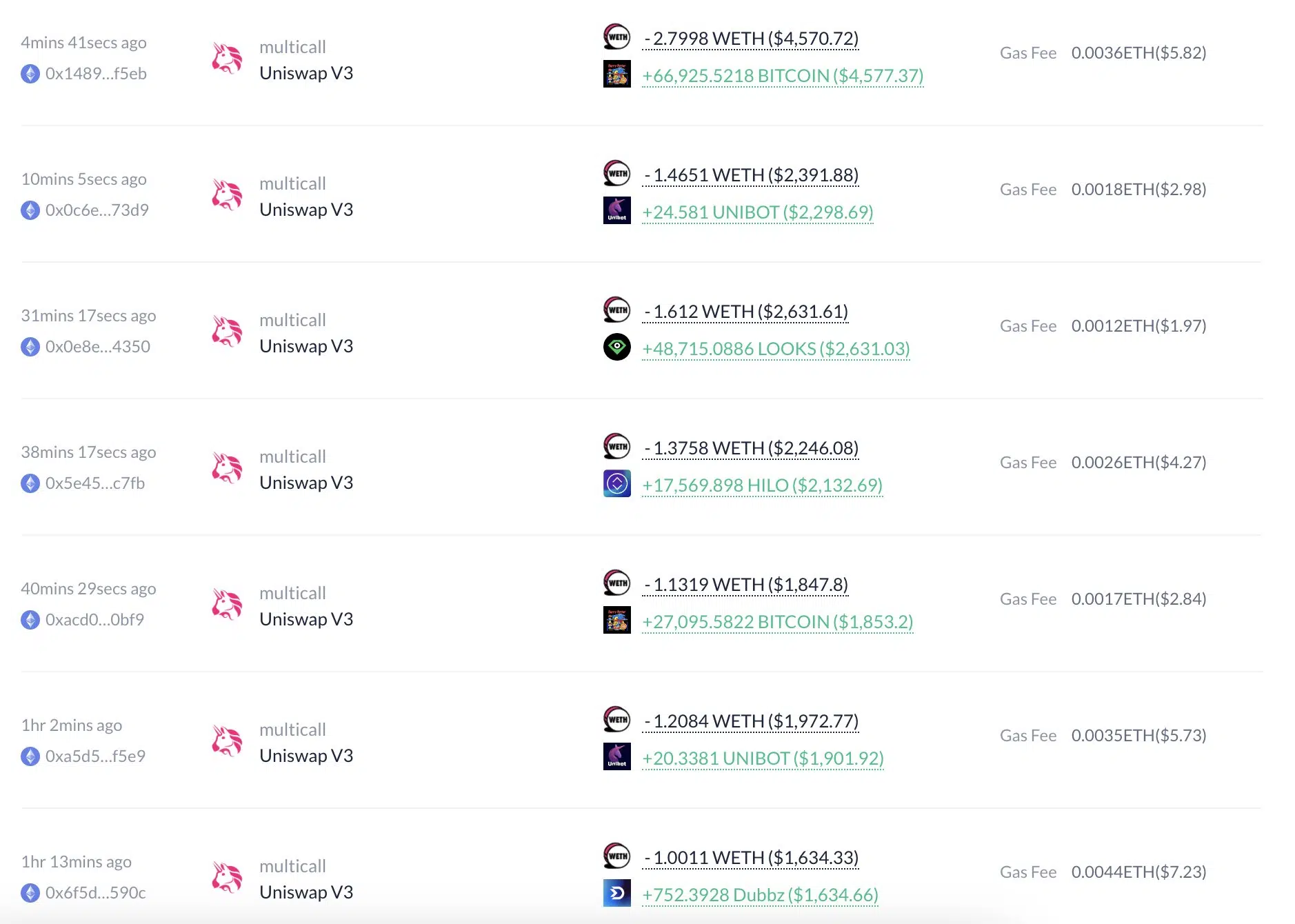Unlocking the Secrets of Forex Trading: A Beginner’s Guide
Forex trading is an incredibly popular way to make money online, and it’s no surprise why. It offers the potential to generate significant profits in a short period of time, and it can be done from the comfort of your own home. But for those who are just getting started, the world of Forex can be a bit confusing. This beginner’s guide will help you understand the basics of Forex trading and provide you with the tools you need to get started.
What is Forex Trading?
Forex trading, also known as foreign exchange trading, is the process of buying and selling different currencies in order to make a profit. It is one of the largest and most liquid financial markets in the world, with a daily trading volume of over $5 trillion. The Forex market is open 24 hours a day, five days a week, so you can trade anytime and anywhere.
Advantages of Forex Trading
There are many advantages to Forex trading, which is why it is so popular. Here are a few of the most noteworthy:
- Low transaction costs: Forex trading is relatively inexpensive compared to other types of trading. There are no commissions or other fees to worry about, and the spreads (the difference between the bid and ask prices) are usually quite small.
-
Leverage: Forex trading allows you to use leverage, which means you can trade with more money than you have in your account. This allows you to magnify your gains (or losses) and can help you make more money in a shorter period of time.
-
24-hour market: The Forex market is open 24 hours a day, five days a week, so you can trade anytime and anywhere.
-
High liquidity: The Forex market is incredibly liquid, meaning you can enter and exit trades quickly and easily.
How to Get Started With Forex Trading
Now that you understand the basics of Forex trading, you’re ready to get started. Here are the steps you’ll need to take:
Step 1: Choose a Broker
The first step is to choose a broker. A broker is a company that facilitates Forex trades by connecting buyers and sellers. It’s important to choose a reputable broker with a good track record, as this will ensure that your trades are executed quickly and accurately.
Step 2: Open a Trading Account
Once you’ve chosen a broker, you’ll need to open a trading account. This is a secure online account where you can deposit funds and manage your trades. Most brokers offer demo accounts, which allow you to practice trading without risking any real money.
Step 3: Learn the Basics
Before you begin trading, it’s important to learn the basics. This includes understanding the terminology, the different types of orders, and the different types of analysis used in Forex trading. You can learn this through online courses, books, or by practicing with a demo account.
Step 4: Fund Your Account
Once you’re ready to start trading, you’ll need to fund your account. Most brokers offer a variety of payment methods, such as bank transfers, credit cards, and e-wallets.
Step 5: Place Your Trades
Now that your account is funded, you’re ready to place your trades. You can use a variety of order types, such as market orders, limit orders, and stop-loss orders. It’s important to understand how each order type works and to use them appropriately.
Step 6: Monitor Your Trades
Once you’ve placed your trades, it’s important to monitor them closely. This will allow you to take advantage of opportunities as they arise and to minimize your losses. Most brokers offer trading platforms that allow you to monitor your trades in real time.
Common Mistakes to Avoid
While Forex trading can be incredibly lucrative, it’s important to remember that it’s also risky. Here are some common mistakes to avoid when trading Forex:
- Over-leveraging: Leverage can be a powerful tool, but it can also be dangerous. It’s important to use leverage responsibly and to never risk more than you can afford to lose.
-
Not having a trading plan: It’s important to have a trading plan before you begin trading. This should include your risk management strategy, entry and exit points, and any other rules you plan to follow.
-
Not diversifying: Diversification is key to minimizing risk. It’s important to spread your trades across different currency pairs and to never put all your eggs in one basket.
-
Not using stop losses: Stop losses are one of the most important tools in Forex trading. They allow you to limit your losses and protect your profits.
Conclusion
Forex trading can be an incredibly lucrative way to make money online. But it’s important to remember that it’s also risky, and it’s important to approach it with caution. This beginner’s guide has provided you with the basics of Forex trading and the steps you need to get started. With the right knowledge and discipline, you can unlock the secrets of Forex trading and start making money.

